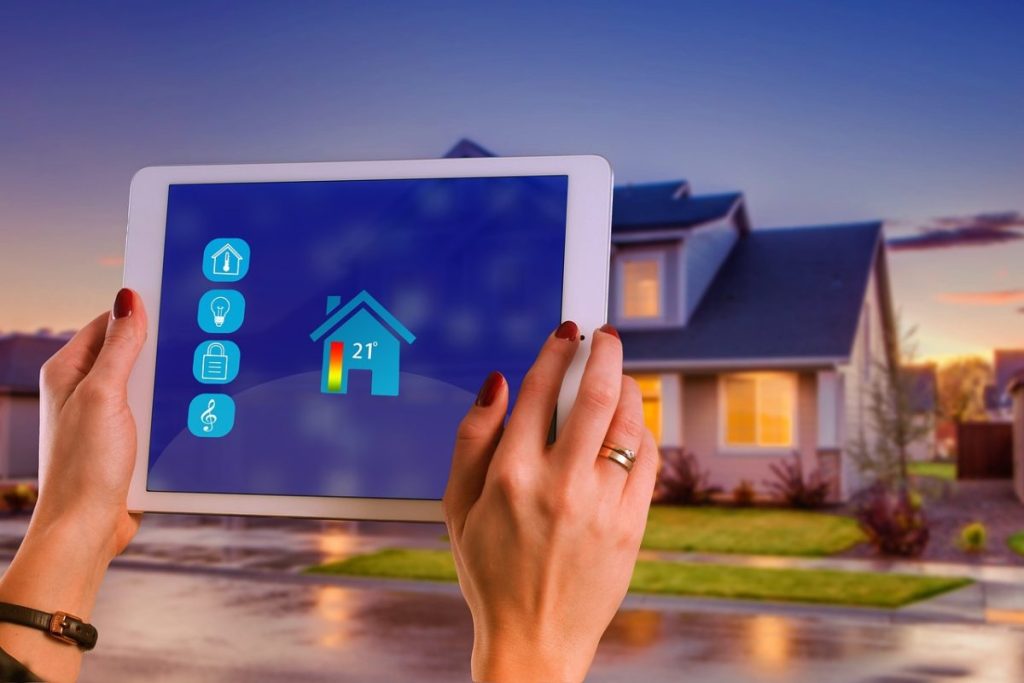Creating a smart home might sound like a complex task, but with the right guidance, it’s easier than ever. Smart home devices can simplify your life, improve your home’s efficiency, and provide added security. This step-by-step guide will walk you through setting up your first smart home, from choosing budget-friendly starter kits to integrating voice assistants like Alexa, Google Assistant, or Siri.
Step 1: Define Your Goals
Before purchasing devices, determine what you want from your smart home. Common goals include:
- Enhancing home security.
- Automating lighting and climate control.
- Creating a hands-free entertainment system.
- Saving energy and reducing utility bills.
Write down your priorities to focus on devices that align with your needs.
Step 2: Choose a Smart Home Ecosystem
Smart home ecosystems are platforms that allow devices to work together seamlessly. The three most popular options are:
- Amazon Alexa:
- Compatible with the widest range of devices.
- Ideal for voice control and smart speakers.
- Works with Alexa-enabled devices like Echo and Echo Show.
- Google Assistant:
- Excels in natural language processing.
- Integrates well with Google services.
- Works with Nest devices and other Google-compatible products.
- Apple HomeKit:
- Best for Apple users.
- Emphasizes privacy and security.
- Requires HomeKit-compatible devices and a HomePod, Apple TV, or iPad as a hub.
Choose the ecosystem that aligns with your existing devices and preferences.
Step 3: Start with a Budget-Friendly Starter Kit If you’re new to smart homes, starter kits are a great way to begin. They typically include a few essential devices and a hub to connect them.
Recommendations:
- Amazon Smart Home Starter Kit: Includes an Echo Dot, smart plugs, and a smart bulb.
- Google Nest Hub Bundle: Comes with a Nest Hub and Nest Mini, plus a smart thermostat.
- Philips Hue Starter Kit: Includes a Hue Bridge and color-changing smart bulbs.
These kits provide a solid foundation and are easy to expand as you add more devices.
Step 4: Install and Connect Your Devices
Once you have your devices, follow these steps to install them:
- Set Up the Hub:
- Connect your hub (if needed) to your Wi-Fi network.
- Follow the manufacturer’s instructions to link it to your chosen ecosystem.
- Install Devices:
- Place devices like smart plugs, bulbs, or cameras in their designated spots.
- Download the corresponding app to configure settings.
- Pair Devices:
- Use the app or voice assistant to pair devices to your hub or ecosystem.
- Test each device to ensure it’s working properly.
Step 5: Integrate Voice Assistants
Voice assistants make controlling your smart home hands-free and intuitive.
Integration Tips:
- For Alexa: Enable relevant skills in the Alexa app for your devices.
- For Google Assistant: Use the Google Home app to link devices and create routines.
- For Siri: Add HomeKit-compatible devices to the Apple Home app and set up automations.
Test commands like:
- “Alexa, turn on the living room lights.”
- “Hey Google, set the thermostat to 22 degrees.”
- “Hey Siri, lock the front door.”
Step 6: Expand Your Smart Home Gradually
Once you’re comfortable with your starter setup, expand your smart home to include more advanced devices:
- Smart Security: Add cameras, video doorbells, and motion sensors.
- Climate Control: Upgrade to smart thermostats and air purifiers.
- Entertainment: Enhance your system with smart TVs and soundbars.
Remember to ensure compatibility with your ecosystem before purchasing additional devices.
Final thoughts
Building your first smart home is an exciting journey that begins with understanding your goals and choosing the right devices. By starting small with a budget-friendly starter kit and gradually expanding your system, you’ll create a connected home that suits your lifestyle. With the integration of voice assistants, managing your smart home will be easier and more enjoyable than ever. Start your journey today and embrace the convenience of smart living in 2025!
- Designing a Smarter Home in 2026: What People Get Wrong About Automation
- Automated Online Trading: How IoT is Redefining Financial Markets
- The Role of Linux in IoT: Powering the Connected World
- The Smart Home Revolution in 2025: How IoT is Transforming Everyday Living
- IoT and Data Privacy: How Safe Is Your Smart Home in 2025? – IoT Security


